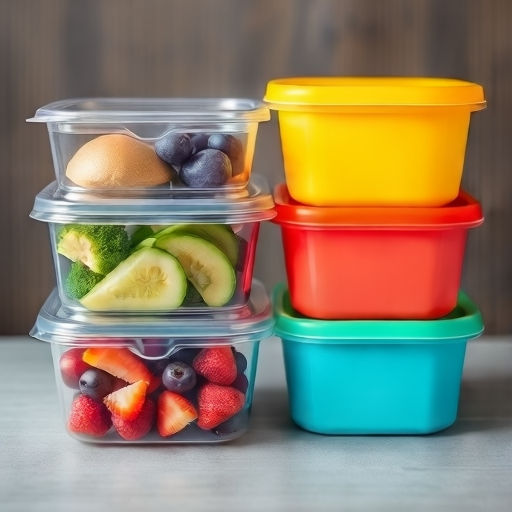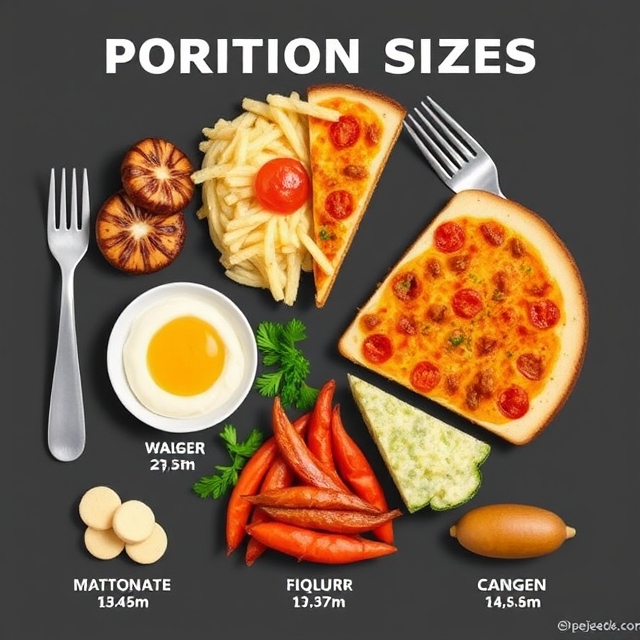Losing Weight Made Simple: Top Portion Control Tips to Try Today
Weight loss can often feel overwhelming, but one of the simplest and most effective strategies to incorporate into your daily routine is portion control. By understanding and managing the quantities of food you consume, you can make significant strides toward your weight loss goals without the need for extreme diets or complicated meal plans.

Here, we’ll explore practical and actionable portion control tips that can help you achieve a healthier lifestyle.
Why Portion Control Matters
Portion control is crucial for several reasons. Firstly, it helps manage calorie intake, which is essential for weight loss. Studies show that people often underestimate the number of calories they consume, leading to weight gain or difficulties in losing weight. According to the National Institutes of Health, portion control can help prevent overeating and maintain a balanced diet.
In addition, appropriate portion sizes can lead to better digestion and an increased awareness of hunger cues, helping individuals differentiate between emotional and physical hunger.
Top Portion Control Tips
- Use Smaller Plates and Bowls
Studies suggest that the size of your dinnerware influences how much you eat. Opting for smaller plates and bowls can create the illusion of a full plate, tricking your brain into thinking you’re eating more than you actually are. - Measure Your Food
Take the time to measure servings, especially for calorie-dense foods like nuts, cheese, and oils. This practice not only helps you become more aware of portion sizes but also aids in understanding what a standard serving looks like. - Fill Half Your Plate with Vegetables
Vegetables are low in calories but high in nutrients and fiber, making them an excellent choice for filling up your plate. Aim to make half of your meal vegetables to promote satiety without consuming excessive calories. - Practice Mindful Eating
Eating slowly and without distractions can significantly affect your portion control. Take the time to savor your food, which can enhance satisfaction and help you recognize when you’re full. - Plan and Pre-portion Snacks
It’s easy to mindlessly snack while working or watching TV. Instead, portion out snacks into smaller containers or bags ahead of time. This practice will help you avoid the temptation of overeating directly from the package. - Listen to Your Body
Tune into your body’s hunger and fullness signals. Before reaching for seconds, take a moment to assess whether you’re still hungry or if you’re eating out of habit or boredom. - Be Cautious with Liquid Calories
Beverages can contribute significantly to your daily caloric intake. Consider measuring out servings for sugary drinks and alcoholic beverages, and opt for water or herbal teas to stay hydrated without extra calories.
Expert Opinions and Real-Life Examples
Nutritionists emphasize that successful weight management is not solely about restrictive diets but rather about creating sustainable habits. A registered dietitian might suggest integrating portion control into meal planning. For example, a client who began using smaller plates and measuring out servings reported a significant reduction in cravings and an improved relationship with food.
In a case study conducted by the Journal of Nutrition Education and Behavior, participants who received training on portion control saw a notable decrease in calorie consumption, leading to an average weight loss of 1-2 pounds per week over several months.



